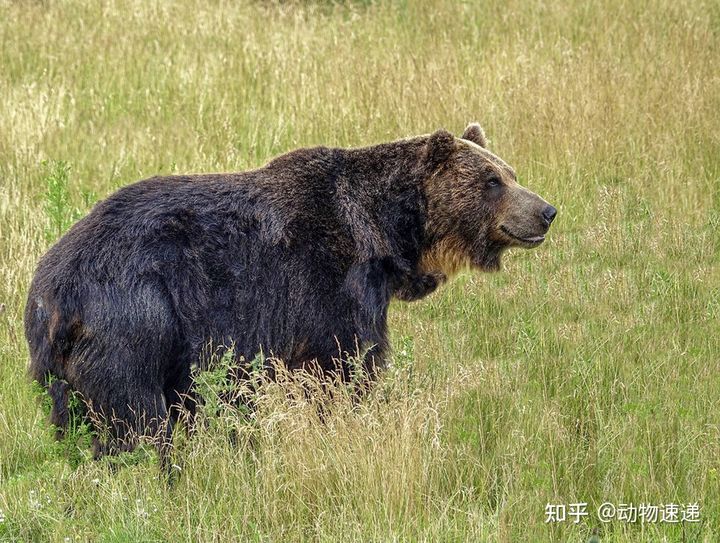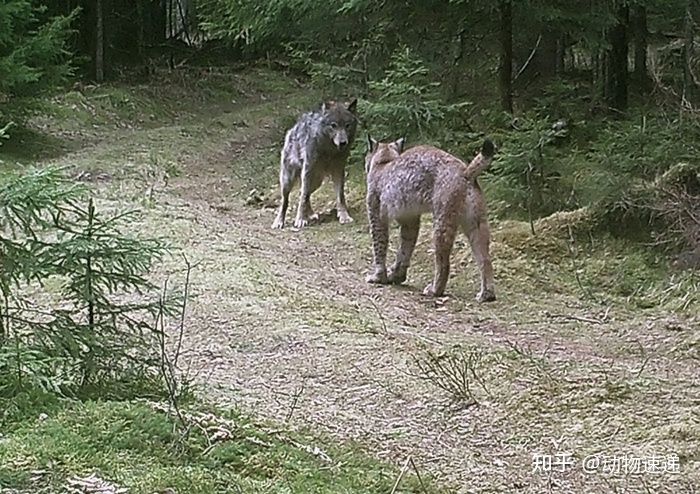
(Fatherland) – In real life, are wolves really natural enemies of tigers? Fortunately, in the Russian Far East – the habitat of both Siberian tigers and gray wolves. Zoologists have left behind a lot of research to help us find the answer.
Once mature, tigers have a larger body size than most terrestrial predators, and they are also the most “professionally equipped” of all predators on our planet.
Taking the Siberian tiger as an example, the visible length of the claws on the toes is 8-10 cm, the visible length of the fangs is 4-6 cm, and the bite force is 950 PSI.
Although the tiger’s unit bite force is not the greatest in the cat family, the tiger’s fang bite force is the greatest in the cat family (the tiger’s teeth are longer and sharper, causing more serious injuries to any cat). any living creature).

From a customary point of view, tigers are carnivores. They live by eating meat and drinking blood every day. Their hunting skills have long been honed during the long evolution of the species. They have different methods. Different methods of hunting prey, and often use a fatal blow to defeat the prey.
Being naturally a strong species, in its habitat, if there is any animal that can be called a rival of the tiger, it is only the brown bear.
In the Russian Far East, the Ussuri brown bear’s habitat overlaps with that of the Siberian tiger, and killings between the two species have been recorded.

From 1944-1959, people recorded 32 cases of Siberian tigers hunting brown bears in this area. During the same research period, four incidents of Ussuri brown bears attacking tigers were also recorded; At the same time, 44 cases of fighting between Siberian tigers and Ussuri brown bears were also recorded in protected areas, of which 22 cases were killed by brown bears and 12 cases were killed by Siberian tigers.
In the confrontation between the Siberian tiger and the Ussuri brown bear, the Siberian tiger certainly has the upper hand.
From 1992 to 2003, scientists collected data on the feces and prey of Siberian tigers in the Sikhote-Alin region, and found that in the nutritional composition of tigers, bears accounted for 7.1%, and obviously brown bears can be considered prey on the menu of Siberian tigers.
Autumn is the time when Siberian tigers hunt bears. Because during this season brown bears have to prepare their fat to hibernate later, they often make noise in the forest and increase the possibility of encountering tigers.
On the other hand, although brown bears are strong, most of their food sources are plants and they are not professional hunters, which indirectly creates a situation where adult tigers have no natural enemies.

Many people think that wolves are natural enemies of tigers. Subjectively, there is still a certain misunderstanding about the size of wolves. If there is a giant wolf pack of hundreds of wolves, they are indeed not afraid of tigers, but In fact, most wolf packs are very small and have no more than 10 adult members.
Gray wolves are widely distributed in the northern hemisphere, but they have excellent adaptability, to be exact, wolves can change their lifestyle according to different environments. For example, in North America, wolves live in large groups, whereas in Eurasian forests, they live in small, familial packs rather than having many individual members.

In the Naliborki Forest of Belarus, there are European wolves and Eurasian lynx. Studies have found that the development of wolves here is always restrained by lynx.
Why can small lynxes deal with wolves? It turns out that the wolves here are not only relatively small, but also like to act alone, so they are often “bullied” by lynxes.
Every year from April to September, the forest environment is relatively warm, this is the lynx’s breeding season, which is also the growing season of small animals in the forest, and this is also the time when lynxes target wolves that act alone.

In forest ecosystems, gray wolves cannot exert their pack advantage in chasing and hunting, so single gray wolves can feed on small mammals and have a greater survival advantage. Therefore, gray wolves living in these environments often operate in small groups, or alone.
Gray wolves in Europe and Asia cannot compare with their North American counterparts in size, and rarely exceed 60 kg, however, Siberian tigers can easily reach 200 kg.
However, in the Russian Far East, where tigers, gray wolves, bears, leopards, lynxes and other animals live together, things look a little different.

A study in the Sikhote Mountains found that the most important prey of the Siberian tiger is: red deer, wild boar, sika deer and elk; the most important food of the gray wolf is: red deer, sika deer, wild boar, deer, elk and elk.
In addition, the competition between tigers and Siberian wolves is not only reflected in prey resources, but also in the comprehensive competition for other survival resources, and they even directly kill each other. Experts from the Wildlife Conservation Society conducted long-term research in the Russian Far East, during which time they recorded only 4 cases where Siberian tigers may have killed wolves.
Before the 20th century, human intervention and influence on nature was not too great, and there were also many Siberian tigers at that time. At this stage, the number of gray wolves born was quite low, and their numbers grew very slowly and could not even increase.
After the 20th century, Russia’s massive tiger hunting activities caused a sharp decline in the number of Siberian tigers. During the period when the number of Siberian tigers declined sharply, it was found that the number of local gray wolves did not decrease but increased. In the 1940s, Russian tigers reached an all-time low, while the number of gray wolves reached a record high. Therefore, at that time, people had to take action and hunt hundreds of gray wolves.
In 1947, Russia declared the comprehensive protection of the Siberian tiger, after a series of measures were taken, the Siberian tiger had a chance to recover. In addition, after the 1950s, China also began hunting and killing tigers, a large number of Siberian tigers fled to Russia through ecological corridors, which helped Russian tigers recover quickly in a short time. While the Siberian tiger was growing, the number of gray wolves declined rapidly.
In the 1980s, the number of tigers in Russia reached a new high, and then the number of gray wolves was at a record low. In the following years, the number of Siberian tigers tended to grow steadily, while the growth of wolves was relatively low. In the 1990s, gray wolves became very rare in the entire Siberian tiger habitat.
Judging from the trend of the number of Siberian tigers and gray wolves, it can be intuitively seen that tigers have a restraining effect on the growth of wolves. Before the 20th century, the influence of humans on nature was not too great, and wolves and tigers almost all developed according to the laws of nature.
In addition, interspecies competition is very common in nature. In the same habitat, species in a non-dominant position will actively avoid dominant species. Overall, wolves are not natural enemies of tigers, but tigers are natural enemies of wolves.

